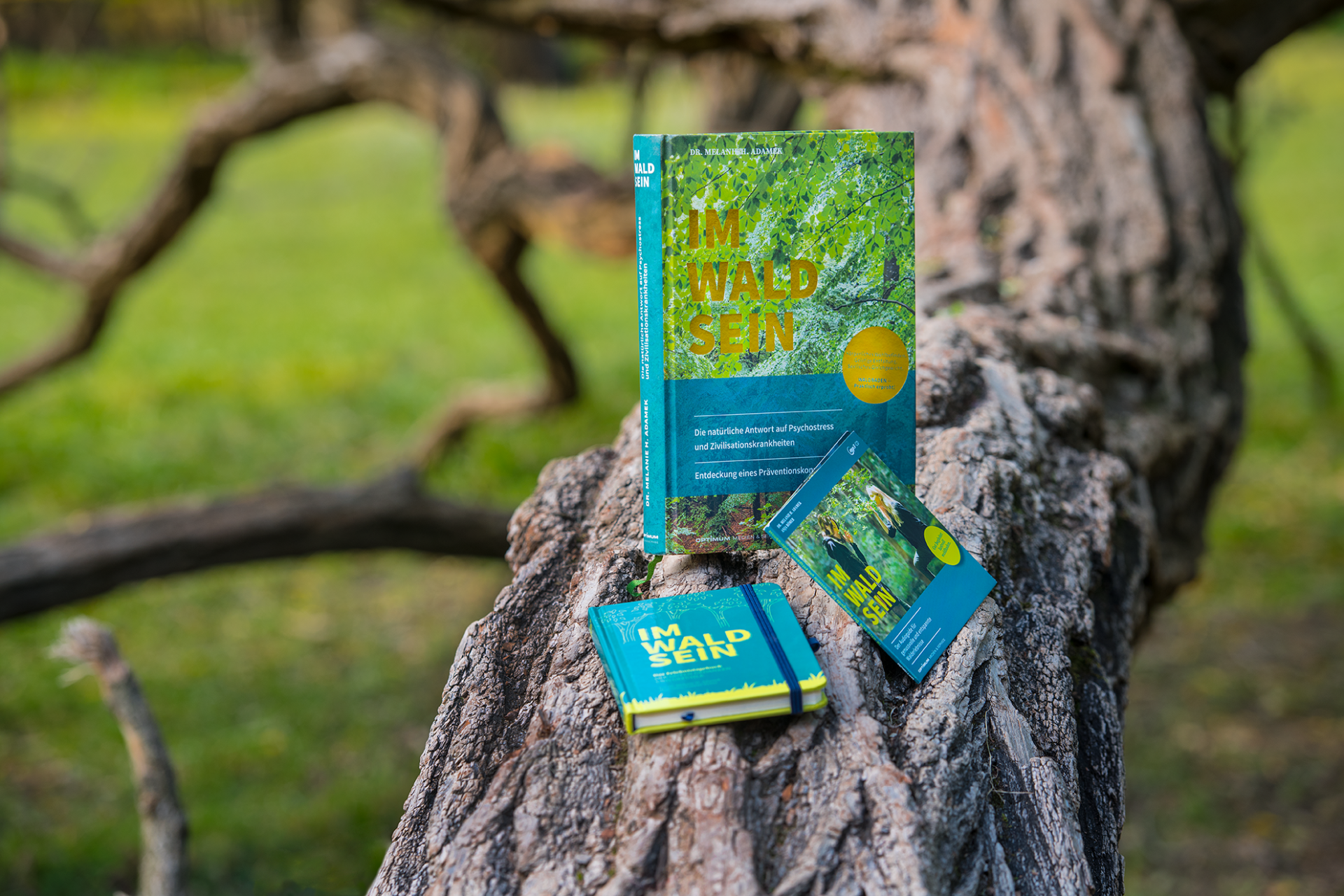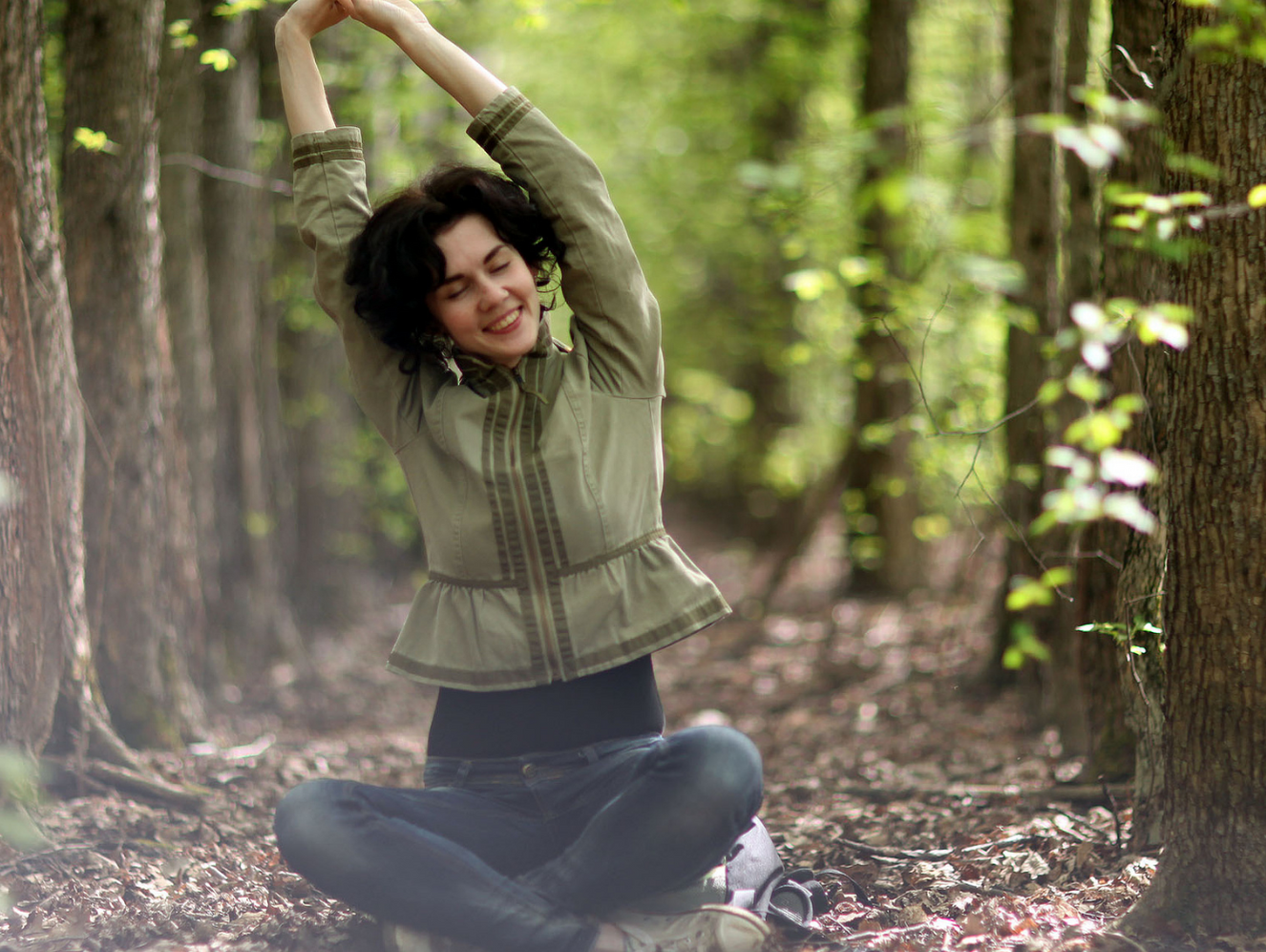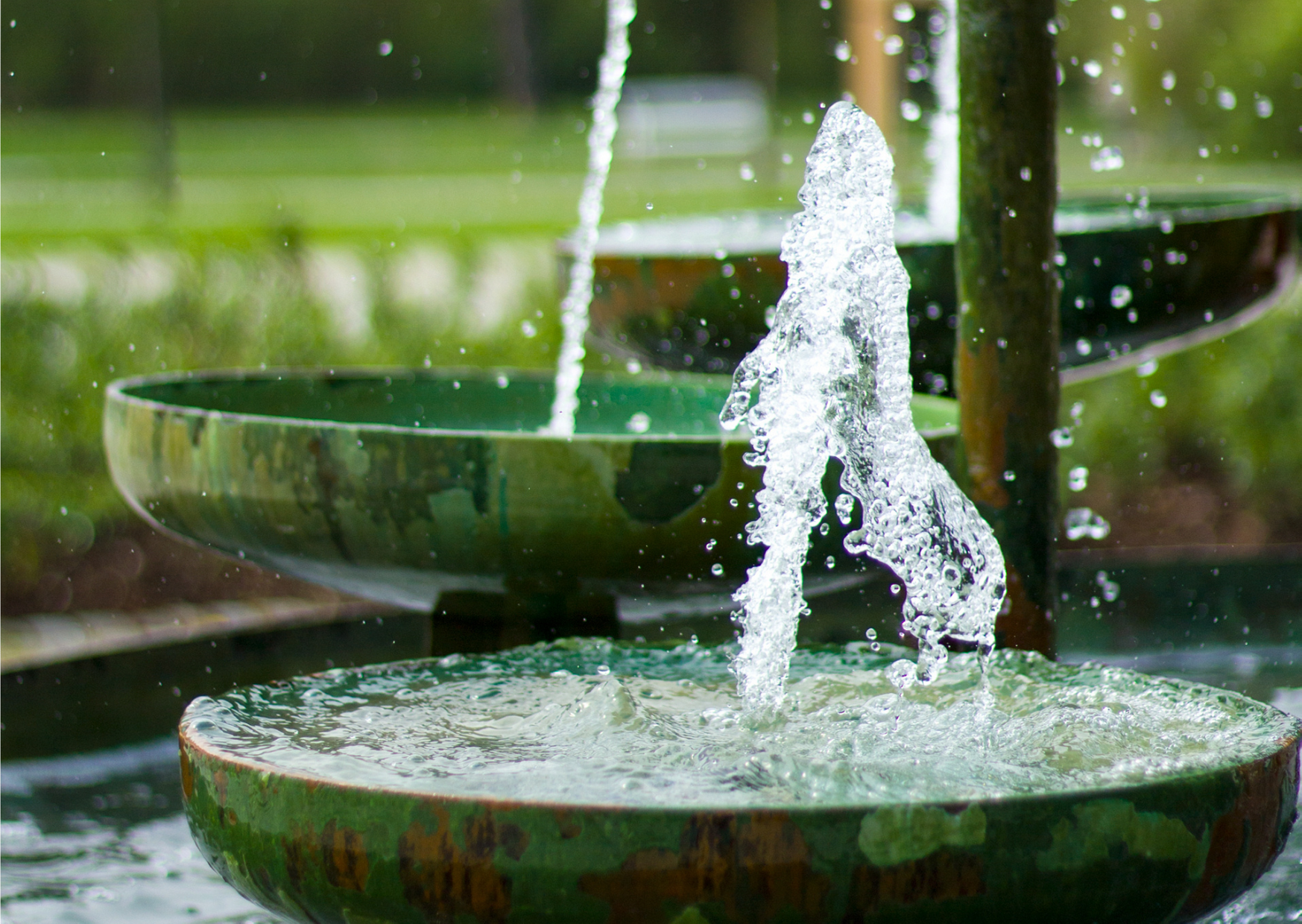IWS. Biophilic Design
brings nature into our homes, treatment rooms, and work spaces. We consciously create a multi-sensory closeness to nature in the interior, and thus the basis for unconsciously (re)connection with nature. The salutogenic effect is evident and fascinating.
BIOPHILIC. ESTHETIC. SALUTOGENIC
In 1984, Swedish health design researcher Prof. Dr. Roger Ulrich provided the first globally recognized proof that the mere sight of trees leads to better health outcomes.
The study, published in the renowned journal Science, shows: the patients in the "tree group" experienced shorter recovery times, had fewer post-operative complications, improved wound healing, needed fewer and weaker painkillers, and suffered lower rates of depression.
Since then, the main results of this study have been confirmed again and again in similar cases. An entire branch of architecture and design is now concerned with health-effective interior design under the keyword "biophilic design".
Under the brand IWS. Biophilic Design, the design team headed by
Simone Raus
develops highly functioning and easily implemented biophilic solutions that are aesthetically pleasing and extremely high-quality, to be used by companies and institutions in the healthcare sector.
IWS. Biophilic Design
The biophilia hypothesis describes humans' need to connect with other life forms (animals and plants) and landscapes.
This need stems from a biologically based connection with nature (Wilson, 1984; Kellert, 2005).
Accordingly, biophilic design describes the theory, research, and practice of designing the built environment with the aim of (re)establishing contact with nature in order to meet the human need to connect with nature (biophilia hypothesis).











